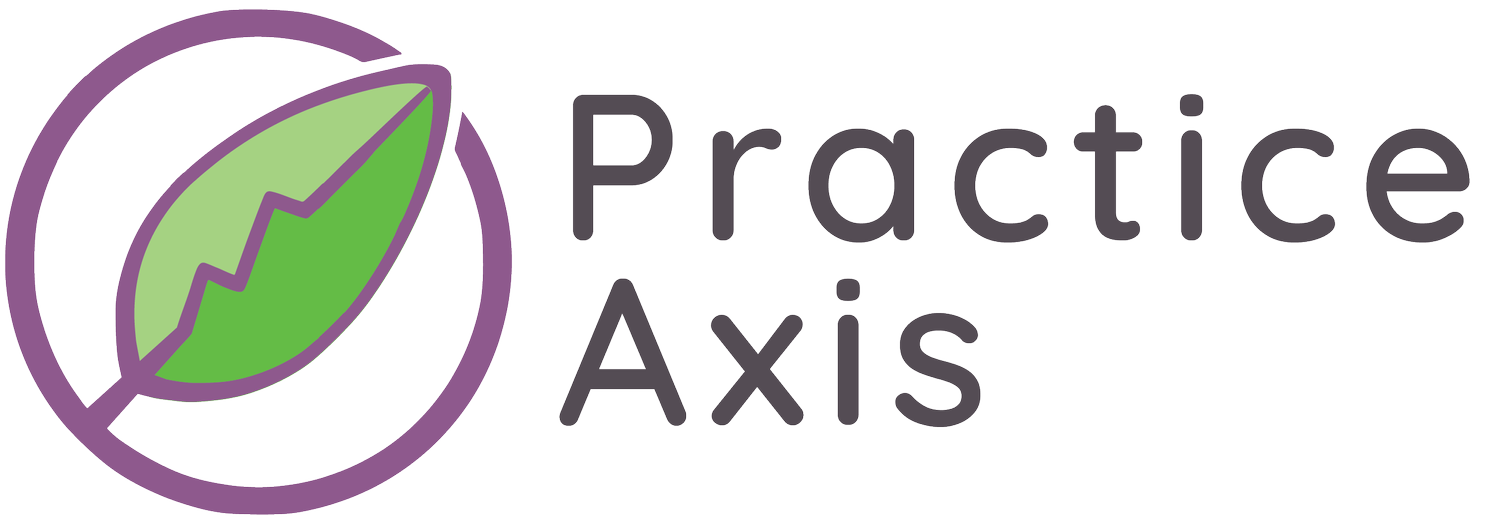Standardize to Optimize: Identifying Improvement Areas in Your Intake Process
Imagine your intake process as a well-worn path. Over time, the path becomes familiar, allowing you to navigate with ease. But, while familiarity breeds efficiency, it can also mask inefficiencies. Standardizing forces you to step back, map the path, and analyze each step. This critical examination reveals hidden obstacles and detours, areas where your process could be optimized for maximum efficiency and client satisfaction.
Here's how standardizing your intake process acts as a spotlight for improvement:
Exposes Bottlenecks: When each step is clearly defined, you can pinpoint where things slow down. Is it gathering initial client information, scheduling intake, or verifying insurance? Are clients waiting too long for initial responses? Identifying bottlenecks allows you to streamline procedures or allocate additional resources where needed to onboard clients faster.
Reveals Information Gaps: A standardized process highlights the information you absolutely need from clients to get them matched with a therapist and scheduled for an intake session. Are there crucial details that consistently go missing? This indicates a need to revamp your intake forms or communication strategy to ensure you have all the necessary information from the get-go.
Uncovers Inconsistencies: Standardization exposes inconsistencies in how team members handle different aspects of the intake process. This might involve varying communication styles, differing timelines, or even discrepancies in the information collected. By addressing these inconsistencies, you can ensure everyone on your team follows the same script so clients receive a uniform experience, regardless of who they interact with, building trust and confidence in your practice.
Provides Baseline for Measurement: Once you have a standardized process in place, you can start measuring its effectiveness. From the number of inquiries received to the time taken to schedule intake sessions, you have valuable metrics at your fingertips. You can identify trends in communication preferences, intake booking patterns, and even potential areas of confusion within the process itself. This data allows you to continuously improve your intake process, ensuring it remains efficient and meets your evolving needs.
Highlights Automation Opportunities: As you map out the process, you'll encounter repetitive tasks that could be automated. This could involve implementing online intake forms or sending welcome emails. Automation saves time, reduces errors, and frees up your team to focus on higher-value tasks.
With standardized procedures in place, you're not just maintaining the status quo; you're actively seeking ways to enhance your practice. If you're ready to get started, take this quiz now!


